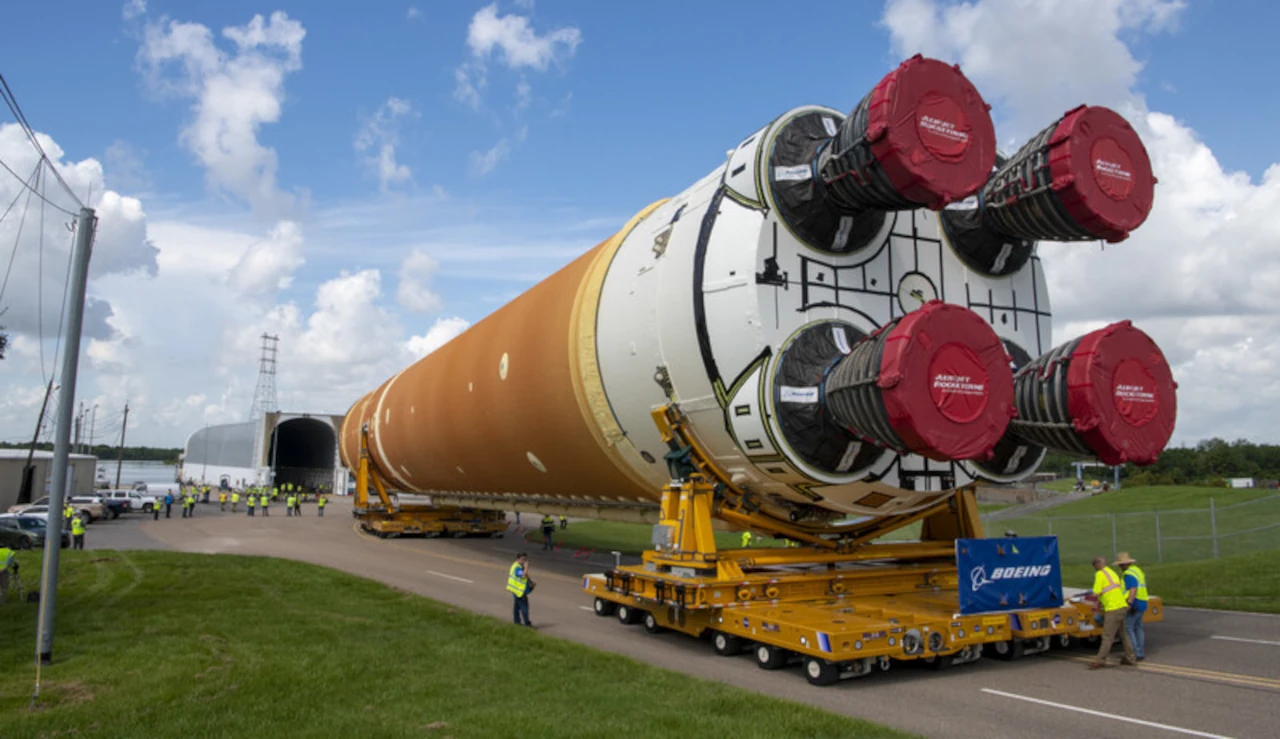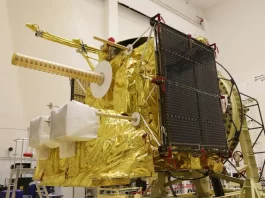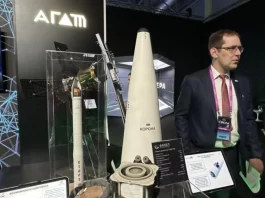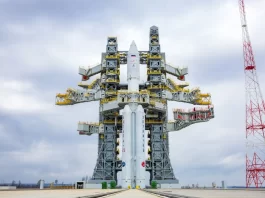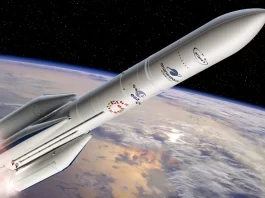The Aditya-L1 spacecraft, which belongs to India and is dedicated to solar study, has started gathering scientific data on the sun. The Indian Space Research Organisation (ISRO) shared this information with the public.
According to a statement issued by ISRO, the STEPS spectrometer, installed on Aditya and designed to investigate the particles of the solar wind, has begun gathering scientific data.
The STEPS system is made up of six different sensors that may measure in different directions simultaneously. They began operating on September 10, when the spacecraft was around 30,000 miles (50,000 km) from the planet’s surface. According to the company, the data obtained during the spacecraft’s orbit around Earth helps scientists evaluate the behaviour of particles around the planet, particularly in the region of the magnetic field that the planet possesses.
Each one of the instrument systems is operating as it should. Even when it reaches the Lagrange point L1, it will proceed to collect data indefinitely. According to the message, accompanied by a graph of measurements obtained by STEPS, the data acquired at the Lagrange point will make it possible to research the origin, acceleration, and other aspects of the solar wind and other cosmic space phenomena. This information will also provide the possibility to examine other properties.
At this time, Aditya-L1 is still going around in orbit around the Earth. On September 19, the spacecraft is scheduled to be put on a path that will take it to Lagrange point L1, which is located approximately 1.5 million kilometres away from the Earth. It will take over four months to complete the entire route.
On September 2, a spacecraft named Aditya-L1, India’s first fully automated solar research station, was placed into orbit around the Earth. The mission’s primary objective is to investigate the solar corona, chromosphere, and radiation from the sun in its many spectral forms. The Chandrayaan-3 autonomous lunar station made a successful soft landing on the surface of Earth’s natural satellite on August 23, 2023.

